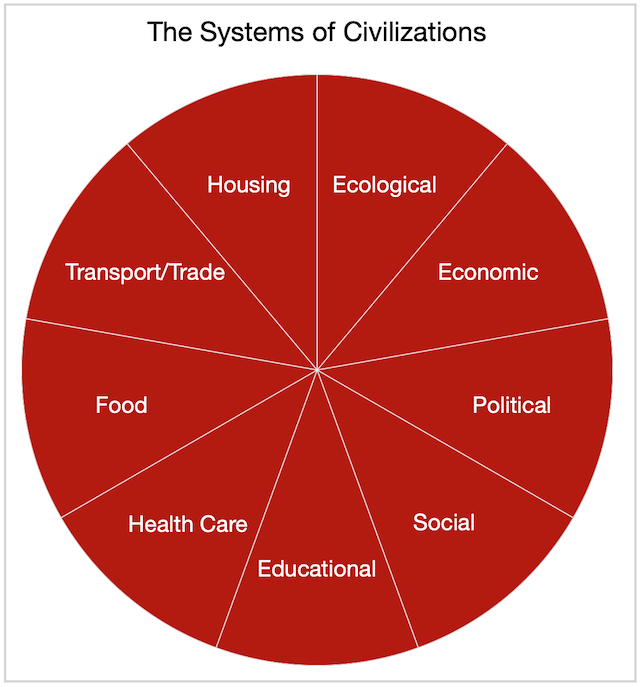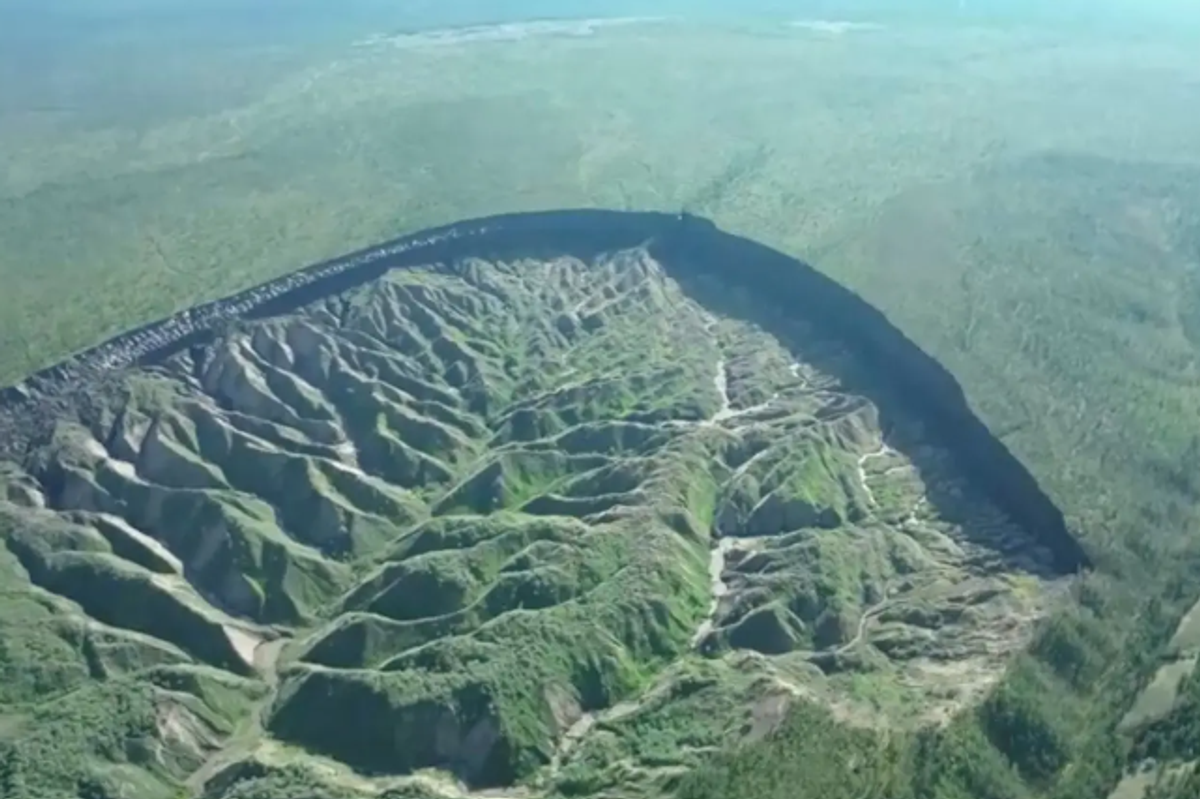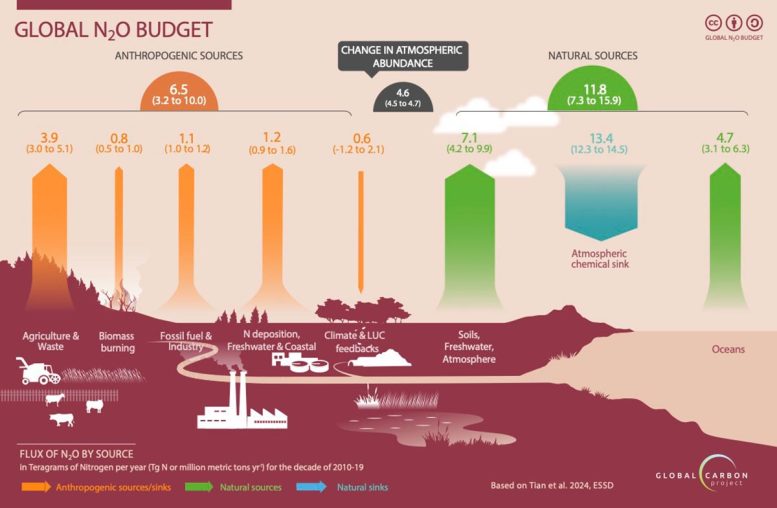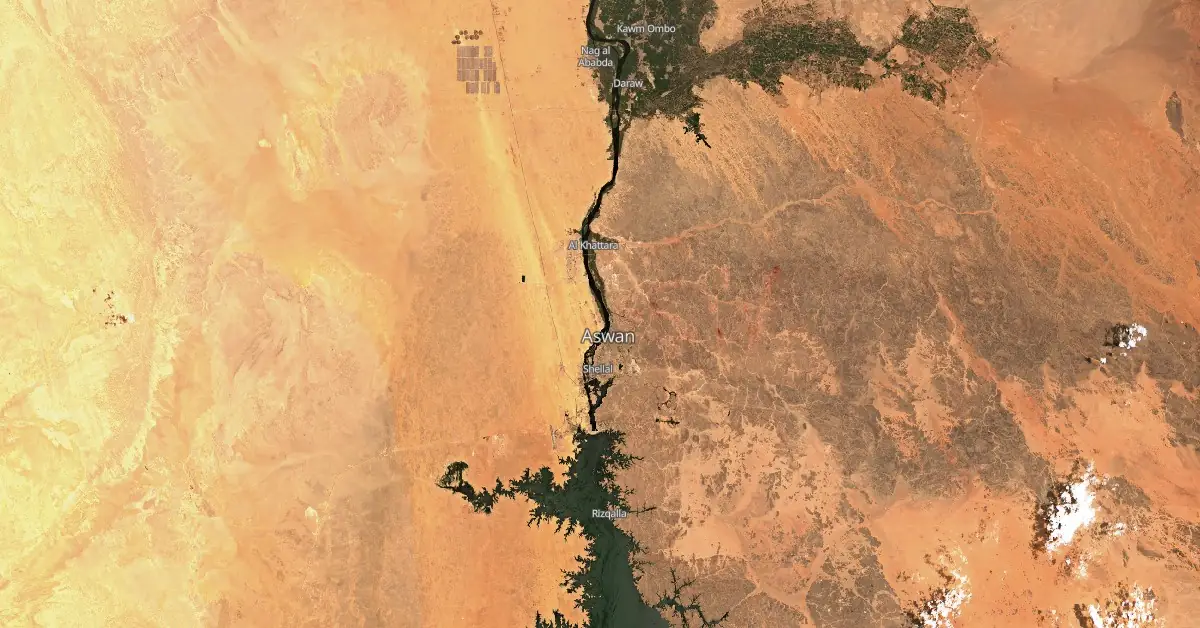
Every day now, the news is replete with evidence that, everywhere, things are falling apart faster and faster, and nothing of consequence is being, or can be, done about it. Every civilization collapses, but the collapse of our current global industrial civilization is occurring at a breathtaking and accelerating pace.
Today, the city of Philadelphia announced that it has given up trying to deal with its share of the US’s epidemic of mass shootings, and has instead outsourced its handling of the horrific trauma these mass murders create to a private consulting firm. Sure to fix the problem, no? The country’s ‘supreme’ court helped out by ruling that the banning of ‘bump stocks’, devices that turn ordinary guns into rapid-fire machine guns, was unconstitutional. When a hastily-prepared new law was proposed outlawing them, Congress blocked it.
Meanwhile, in Louisiana, arguably the country’s most horrifically polluted and dysfunctional state, has its priorities straight: It’s mandating that the Christian “ten commandments” be posted in every schoolroom in the state. Nothing in those rules about mega-pollution, so why not? Honour thy father and mother, ’cause they’re the ones who bought you the guns with the bump stocks. It’ll surely make God real happy to see when the Rapture comes.
And in Europe, the bumbling governments of both the UK and France have called snap elections they’re bound to lose, so out of touch are they with the electorate that they think all they have to do is convince voters that the current economic collapse in their countries isn’t their fault.
And so it goes. I could respond to most of each day’s top news items these days (including the celebrity gossip) by just reciting the title of this post.
…click on the above link to read the rest of the article…














